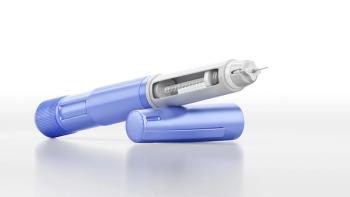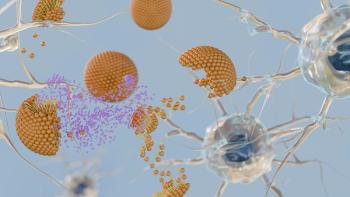
New Challenges for Use of Embryonic Stem Cells
New Challenges for Use of Embryonic Stem Cells
The National Institutes of Health’s (NIH) definition of embryonic stem (ES) cells poses new challenges for investigators who seek federal research funding. Current NIH guidelines narrowly define ES cells, as “cells that are derived from the inner cell mass of blastocyst stage human embryos, are capable of dividing without differentiating for a prolonged period in culture, and are known to develop into cells and tissues of the three primary germ layers" (1).
More than 75 such cell lines have been approved to receive federal funding for research. A smaller subset of ES cells, however, has been excluded from funding because it does not meet the narrow definition. ES cells can now be derived from a single blastomere taken from an eight-cell embryo, in a procedure similar to that used during genetic testing on embryos created by in vitro fertilization. After the blastomere is removed, the embryo remains viable and is refrozen. Although this procedure does not destroy human embryos, cell lines derived in this fashion are currently awaiting further review by NIH.
FDA has given Advanced Cell Technology clearance to start clinical trials for macular degeneration this year using cells produced from a blastomere-derived ES cell line. The company was forced to find alternative sources of funding for their trial since their cell line is not eligible to receive federal funds.
In Europe, regulations regarding embryonic stem-cell research differ from country to country. However, a ruling on Mar. 10, 2011, by the European Court of Justice of the European Communities denied patents on ES cells to Oliver Brüstle of the University of Bonn on ethical grounds. The court found that even if cell lines could be established without the destruction of embryos, the commercialization of human embryos was unacceptable, and contrary to public policy. This ruling may push European countries to adopt restrictive policies regarding embryonic stem cells and inhibit the development of ES-based therapies.
Reference
(1) National Institutes of Health, “Guidelines for Research Using Human Stem Cells,” (Bethesda, MD, July 2009),
Newsletter
Stay at the forefront of biopharmaceutical innovation—subscribe to BioPharm International for expert insights on drug development, manufacturing, compliance, and more.




